Bioengineers are afraid to open "Pandora's box"
 Source:
Source:
We stand on the cusp of an extraordinary breakthrough in the field of synthetic biology. CRISPR-Cas9 technology for genome editing, opened in 2014, is at the forefront of this breakthrough. We promise to solve problems with food, disease, genetics, and — most interesting — to modify the human genome for the better. To make us better, faster, stronger, smarter: a chance to remake us faster than the senses of natural selection and evolution.
Of Course, many experts warn about the dangers of these new possibilities. A huge stream of money flows into biotech startups, and the race for superiority can cut sharp corners. In 2017, scientists have resurrected an extinct strain of a deadly horse virus. CRISPR can help in creating a secret biological weapons such as smallpox or improve already existing disease, such as Ebola, turning them into a nightmare for epidemiologists.
Such advances that seem like science fiction, the task is to distinguish the hype from reality may seem daunting. But it must be done, especially for people far from science. How to realistically assess the potential risks and benefits? A new study conducted by researchers from the US and the UK, recently published in eLifeSciences, sheds light on at least 20 problems related to bioengineering.
The Researchers dismantled the 20 development areas in different time horizons: the next five years, next ten years more than ten years. In the next five years is expected to breakthrough in artificial photosynthesis. Because the plants can turn carbon dioxide into fuel, artificial photosynthesis may be critical to the energy crisis and combating climate change. Although any scheme for the removal of carbon dioxide to fight climate will be a huge, recent studies have shown that artificial photosynthesis can reduce CO2 more efficient plants and convert it into methanol for fuel.
We're running out of agricultural land as the world population continues to grow; to feed the world, we need a new Green revolution. The answer is improving natural photosynthesis through genetic modification, as the C4 gene was activated in rice. With it, the rice yield increased by 50%, and since rice is a tremendous source of calories, it's a major breakthrough.
The Researchers also expect that in the next five years will start some serious debate. The first concerns the ethics of genetic manipulation that result in populations with new characteristics. Among insects like mosquitoes these genes spread rapidly, and people expect to use them to make the mosquitoes sterile. It can damage ecosystems and lead to unintended consequences. If we can find a way to reverse the decision related to the editing of genes, while it did not spread to an entire generation? Skeptics doubt.
Another argument will unfold in the next five years: how easy will be to edit the human genome? Scientists say that our ability to edit the human genome has surpassed our understanding of the functions of these genes. Previous studies have examined the statistical correlation between genetic conditions and inheritance of specific genes. Perhaps careful editing will allow us to conduct experiments that will reveal to us the mysteries of our own DNA; in the end, we learned how to rid mice from Huntington's disease.
But it so happened that experiments with humans entails a unique set of ethical issues, and scientists say that world governments are not really in a hurry to deal with them — and China altogether neglects.
In the medium term, scientists are concerned about the emergence of increasingly sophisticated methods of bioengineering. Perhaps in five or ten years we will be able to create whole organs for replacement, experimenting with genes. Over the past few years, the engineering of tissues already learned how to create or grow bladders, hips, vagina, trachea, veins, arteries, ears, skin, meniscus knee patches on the heart.
Repair a broken heart may sound like the perfect use of biotechnology, and since tests on animals do not stop and show that the generated tissue can be very successful to implant, this perspective is more than real. However, this is unlikely to be cheap. Also, do not aggravate it already existing gap in health care when the rich people will be able to prolong their lives by replacing organs, but not others?
Special effects these techniques can have on production of drugs. The vaccine is a shining example. Currently, many vaccines are produced using chicken eggs, in the same way as 70 years ago. As expected, this old method has its limitations; the most important strains of virus you need to find months in advance of distribution, because for the production of vaccines also require several months. DARPA is sponsoring a company that is trying to produce tens of millions of servings of flu vaccine in the past month. If we try to overtake the next pandemic which could kill millions — we just have to work on new technologies that will allow us to do this.
But the more people, the more there is risk. Using bioengineering can produce illegal drugs. Worse, the prospect of a bioengineered super virus created intentionally or unintentionally. Genetic information could become a new currency; as the algorithm today can be worth millions or fix the chaos, and the genes of tomorrow will have to be protected by all means. The consequences of computer hacking can be unpleasant; the consequences of hacking can be much worse.
...Recommended
Can genes create the perfect diet for you?
Diet on genotype can be a way out for many, but it still has a lot of questions Don't know what to do to lose weight? DNA tests promise to help you with this. They will be able to develop the most individual diet, because for this they will use the m...
How many extraterrestrial civilizations can exist nearby?
If aliens exist, why don't we "hear" them? In the 12th episode of Cosmos, which aired on December 14, 1980, co-author and host Carl Sagan introduced viewers to the same equation of astronomer Frank Drake. Using it, he calculated the potential number ...
Why does the most poisonous plant in the world cause severe pain?
The pain caused to humans by the Gimpi-gympie plant can drive him crazy Many people consider Australia a very dangerous place full of poisonous creatures. And this is a perfectly correct idea, because this continent literally wants to kill everyone w...
Related News
Does our brain deep learning for understanding the world?
Immediately when Dr. Blake Richards heard about deep learning, he realized that he was faced not only with a method that revolutionairy artificial intelligence. He realized that looking at something fundamental from the human brai...
Edit the genes slowed the development of amyotrophic lateral sclerosis in mice
Considered incurable degenerative disease called amyotrophic lateral sclerosis (also known as Lou Gehrig's disease and Lou Gehrig's disease) managed to slow down by editing genes in laboratory mice. For the first time in people wi...
Where was the water from Mars? Scientists have a new hypothesis
Planetary scientists believe that billions of years ago Mars was warmer and wetter than it is now. Where was his water? In the new study, researchers impose the assumption that most of the water is still on the red planet, only it...
The solar system could have formed inside a giant space bubble
There are different theories about how it may have formed our Solar system. But at the moment scientists have not yet come to a common agreement and a model that could explain all the peculiarities and oddities associated with it....
The Arecibo Observatory is considered a potentially hazardous asteroid Phaeton
After a few months of downtime in connection with the liquidation of consequences of hurricane "Maria" the main radio telescope of the Arecibo Observatory and one of the most powerful radio telescopes in the world returned to its ...
Near the center of the milky Way discovered a strange "thread"
Astronomers have been exploring the center of the milky Way, which is a supermassive black hole Sagittarius A* at the mass, surpassing our Sun in 4 million times. But thanks to technology, scientists have new tools for observation...
The classical picture of the neurons in the brain was wrong
the Human brain contains about 86 billion neurons. Each of these neurons connect with other cells, forming trillions of connections. The place of contact of two neurons or a neuron and a signal-receiving cells is called the synaps...
Alien hunter was skeptical of the latest "revelations" of the Pentagon
last week the publisher of The New York Times and Politico have published articles in which it was reported that the us government within a few years led funding programmes to study . Objective of the "Advanced program identify av...
For people with Parkinson's disease have developed "laser shoes"
Modern technology quite often come to the rescue of the people, especially when it comes to improving people with various incurable diseases. Such as . The phrase "laser shoes" may sounds a bit ridiculous, but how else can you cal...
Our brain is able to create false memories, but it's not always a bad thing
You've never been in a situation when together with someone witnessed an event, but somehow different then I remembered, what happened? It would seem that you were there, saw the same thing, but for some reason have differing memo...
Scientists say the discovery of the gene bad breath
Bad breath is not always associated with noncompliance with oral hygiene. Scientists say that in about 0.5 to 3 percent of the people cause bad smell are other sources. For example, a bad smell occurs when inflammation of the sinu...
Omwamwi is not a space ship, but he could be "passengers"
last Wednesday, scientists project a Breakthrough Listen directed gaze parabolic radio telescope green Bank National radio astronomy Observatory in the direction Omwamwi — the mysterious oblong space object, in fact the firs...
Testers Virgin Hyperloop One broke up the capsule to 387 km/h
a Team of testers Virgin Hyperloop One again set a record — in the recent tests held at the site DevLoop near Las Vegas, they were able to accelerate the capsule to a speed of 387 kilometers per hour. the Inside of the pip...
Come in large numbers here! Mars is not a close neighbor of the Earth
an international group of scientists could find the causes of the deep differences in the composition of Earth and Mars. The fact that the Red planet was not always where it is now located, but much further away from our planet in...
Japanese scientists have created an "unbreakable" glass
Perhaps one of the most common breakdowns associated with smartphones, is cracked as a result of severe impact or fall of the screen. Engineers for many years trying to solve this problem, developing new protective coatings and mo...
British doctors experienced new cure hemophilia
Hemophilia — very dangerous disease associated with the violation of the processes of blood coagulation. In hemophilia the bleeding from a person does not stop, even for minor injuries. At this point the disease is considere...
While genes do affect intelligence, we cannot improve the mind
"first, let me tell you how smart I am. So. Fifth grade math teacher said I was clever at maths and, looking back, I have to admit that she was right. I can tell you that time exists, but it cannot be integrated into the fundament...
Intel offers a way of decoding DNA with the help of mining
Intel reports that recently received a patent on the technology of capacity utilization of the mining equipment for the processing of genetic data. The authors of the idea of Ned Smith and Rajesh Purnachandra in the explanatory Me...
AI Goolge begins to find hidden treasures in the data telescope "Kepler"
Through the use of neural networks Google space Agency NASA discovered the eighth planet, it would seem, has studied the sun-like star Kepler-90, located in 2545 light years from us. To find a "lost" managed in a database of the s...
Mars Rover "opportunity" has survived eight winters on the red planet
the Initial estimated operation time landed on the Red planet on 25 January 2004 the Mars Rover "opportunity" was about 90 earth days. However, the little robot has surpassed all expectations and is working on Mars for 13 years an...


















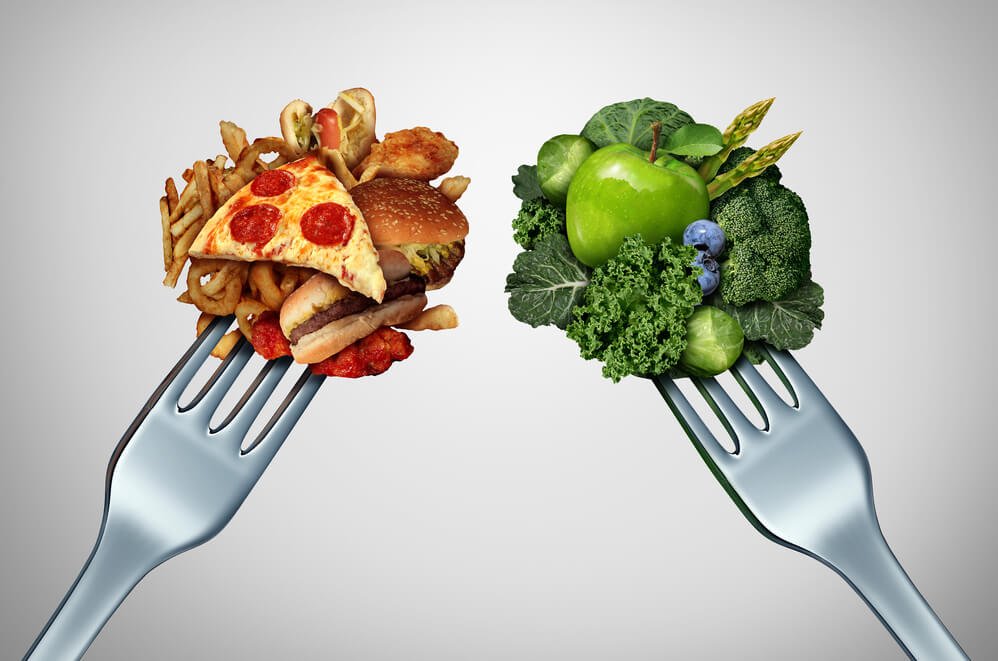


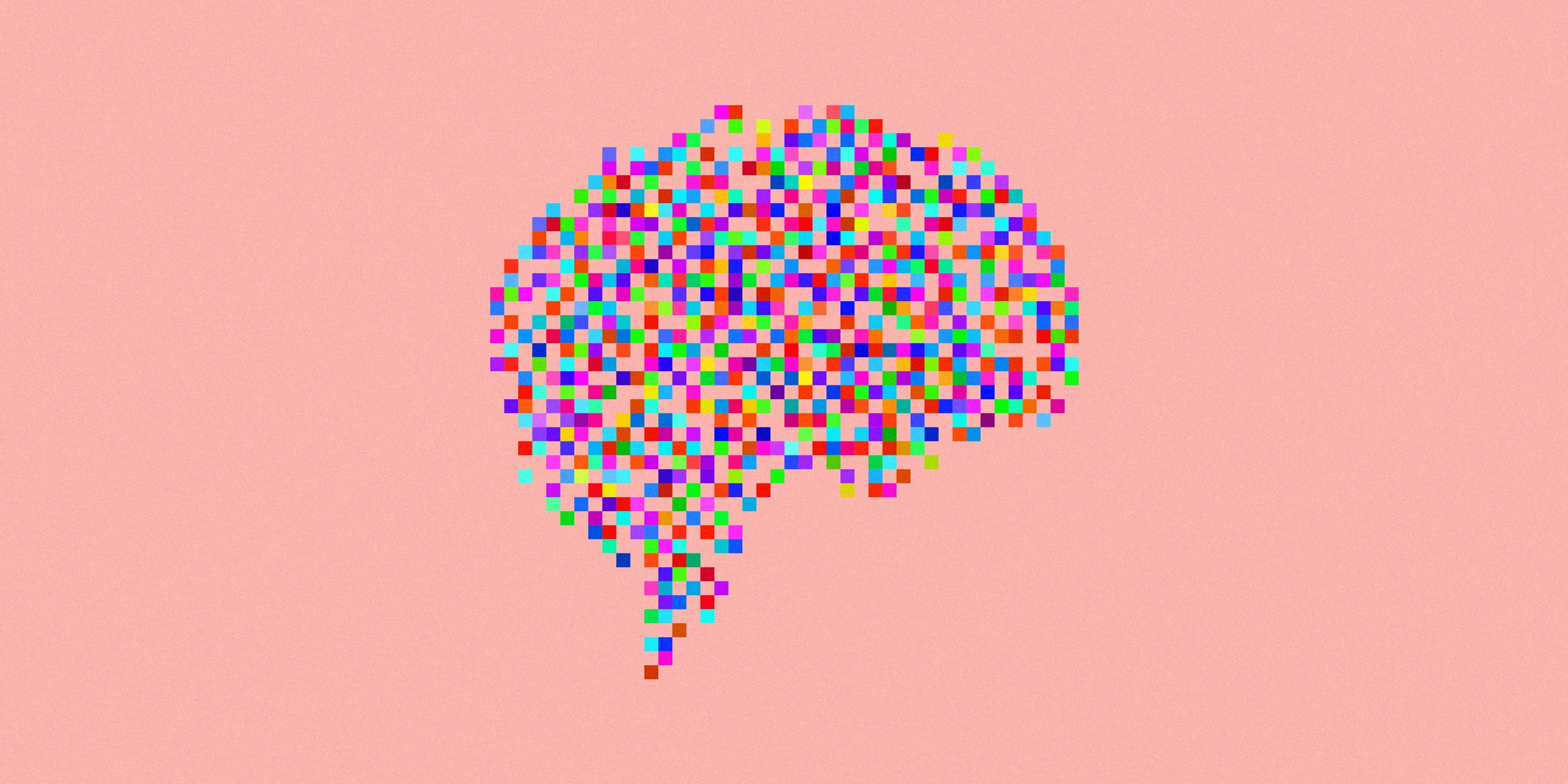



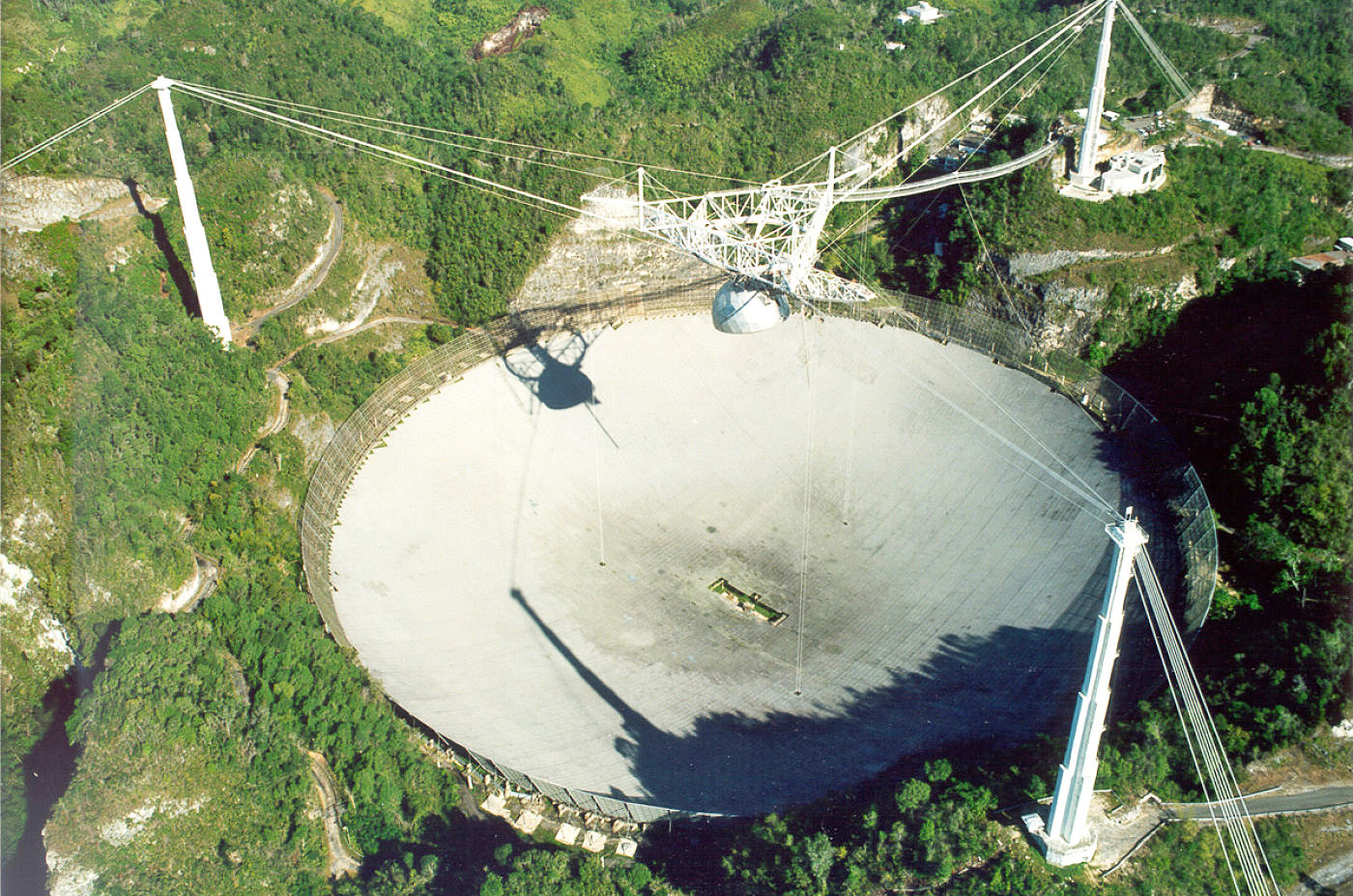



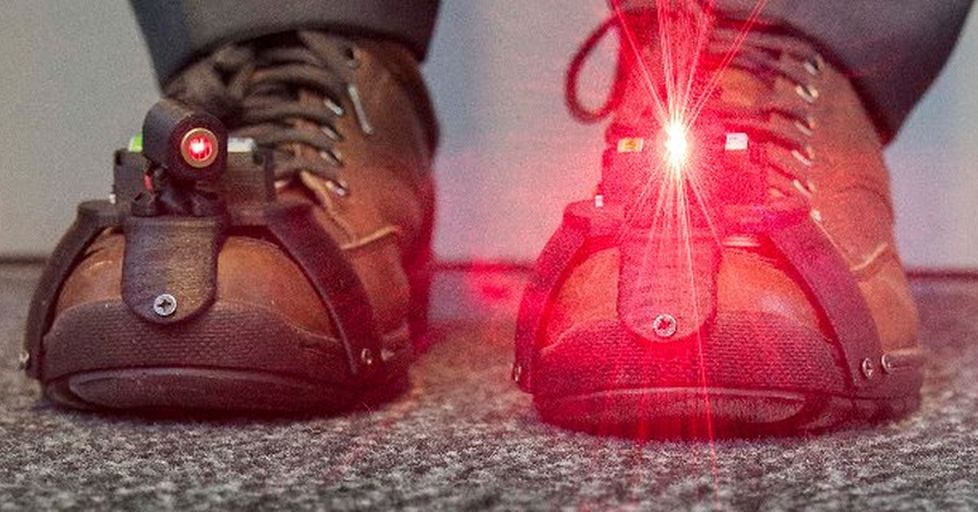
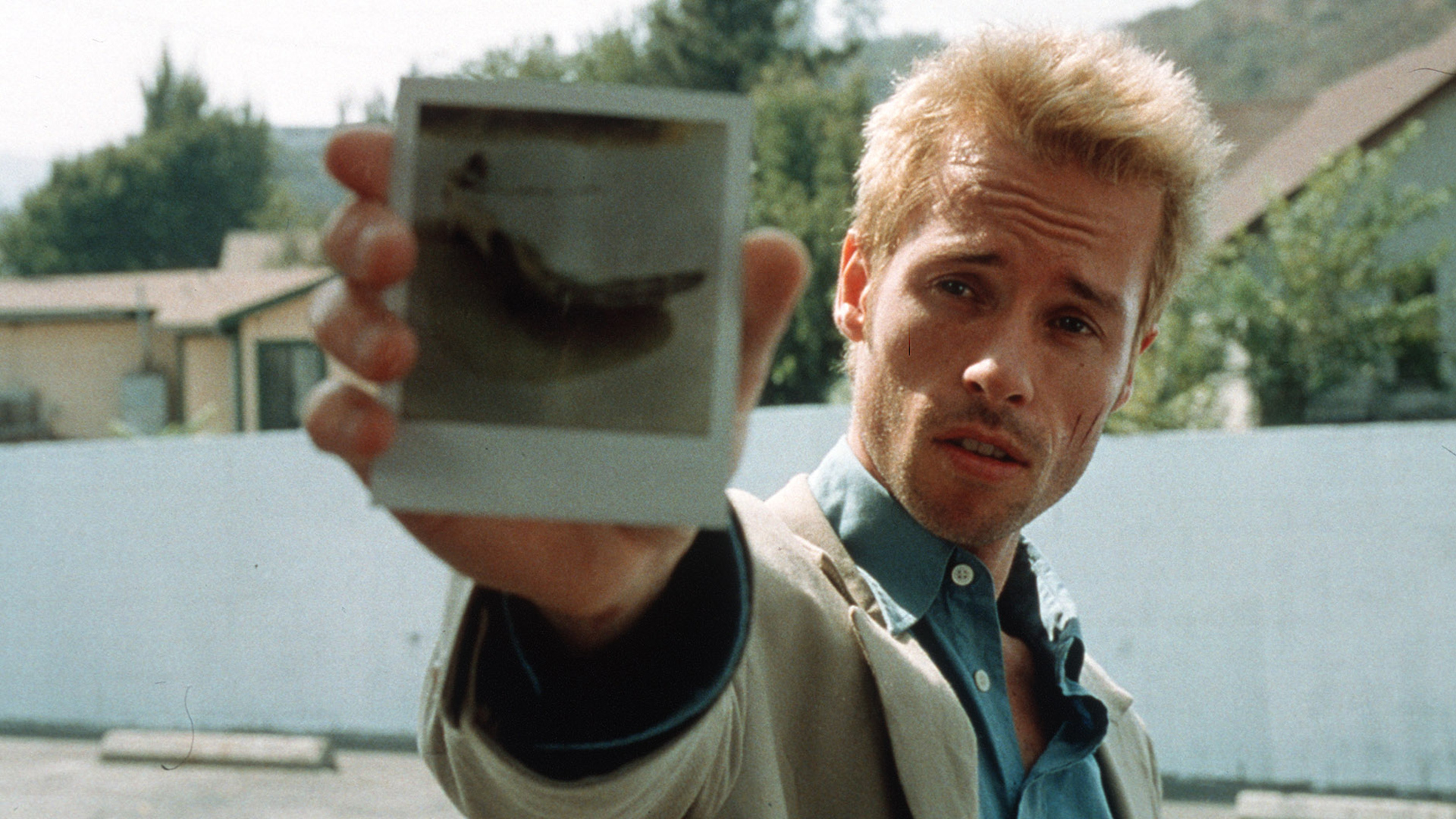

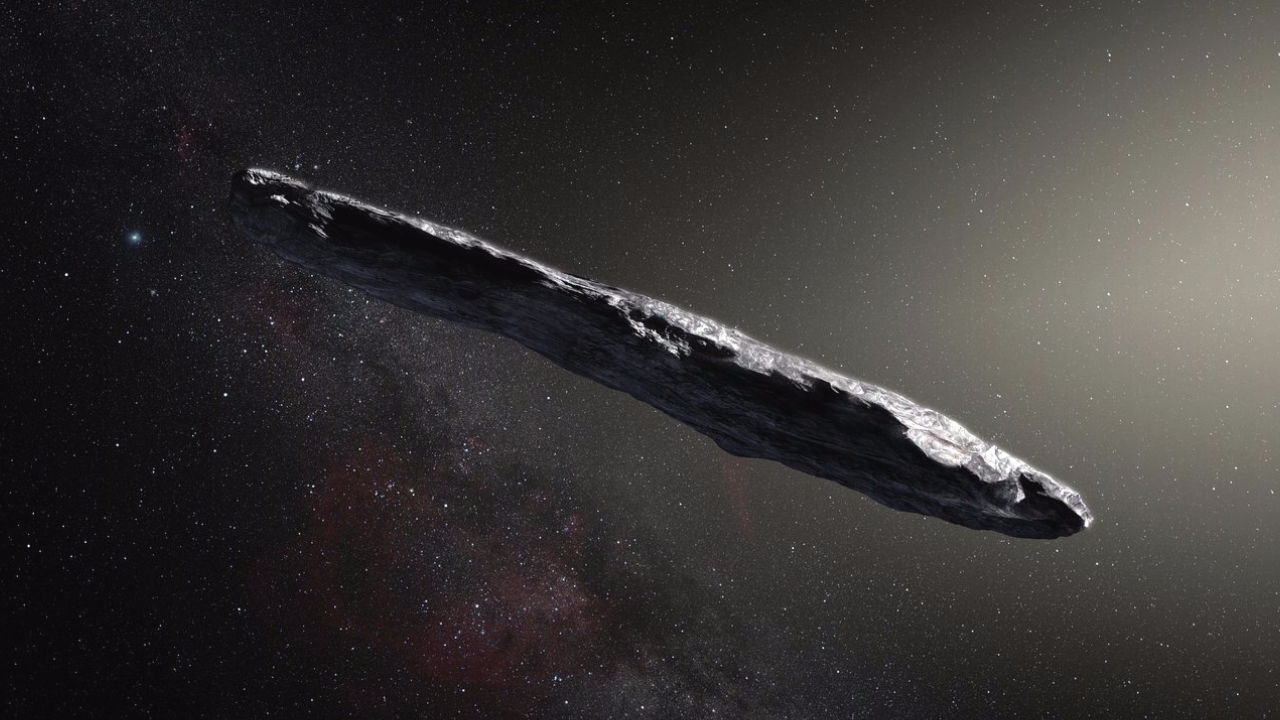



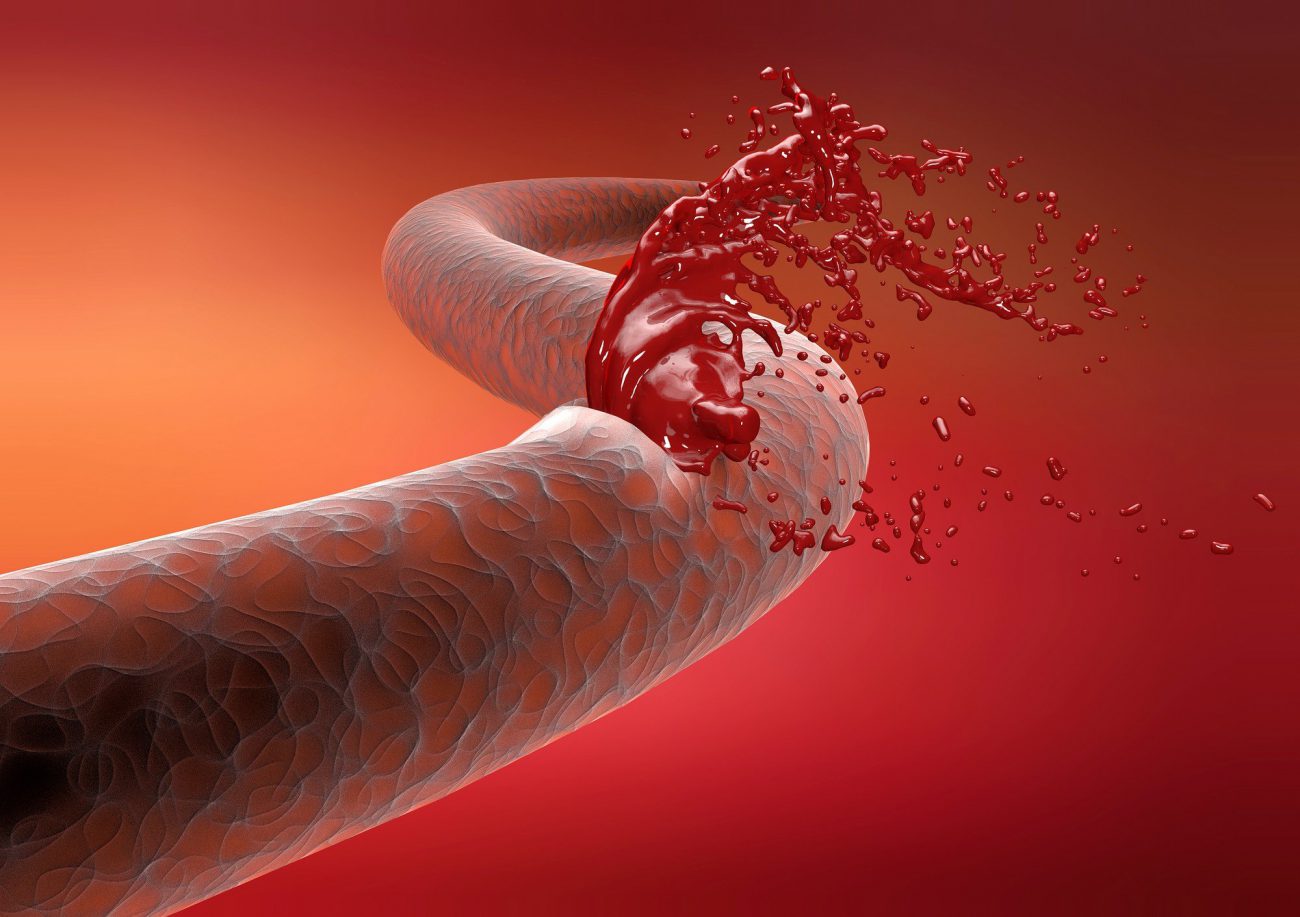
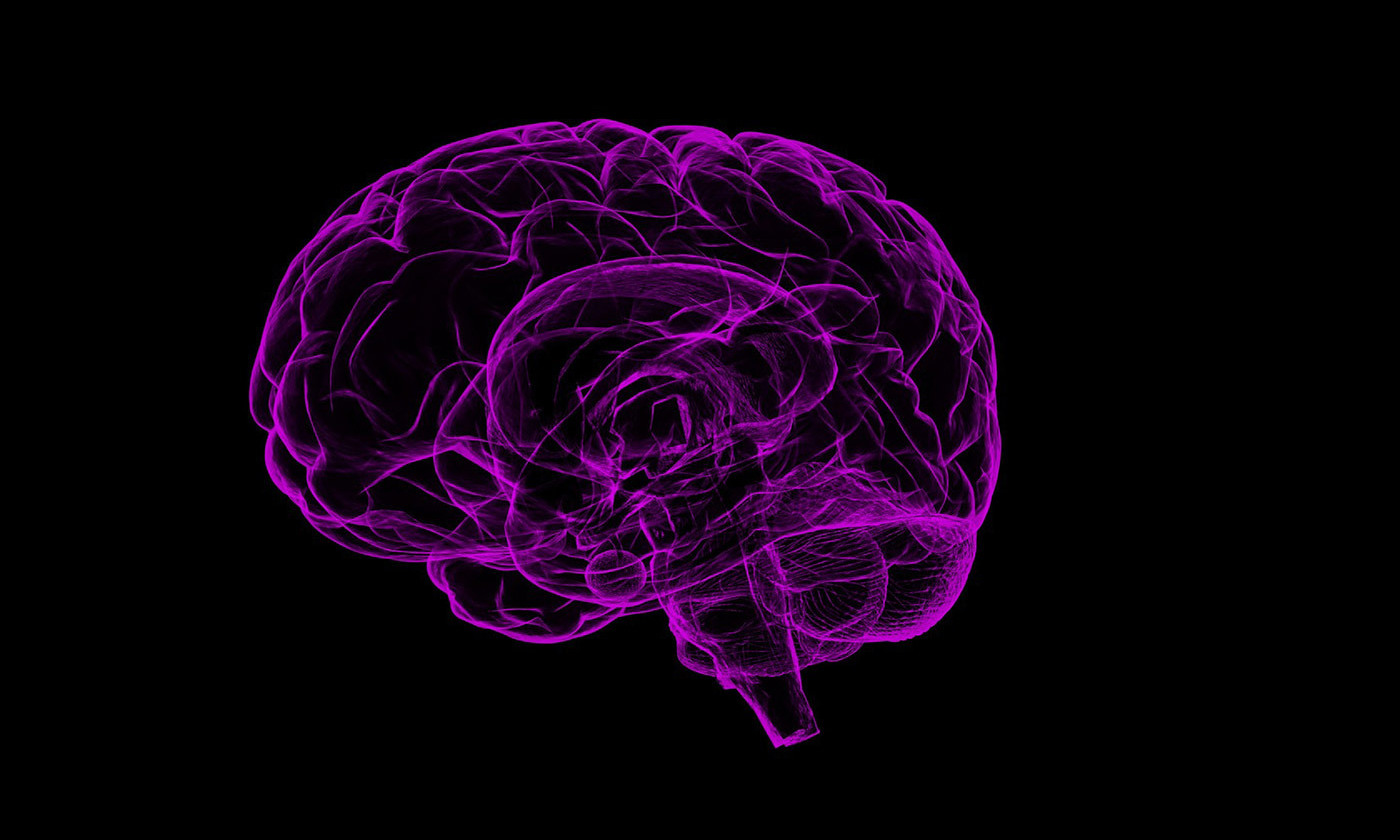
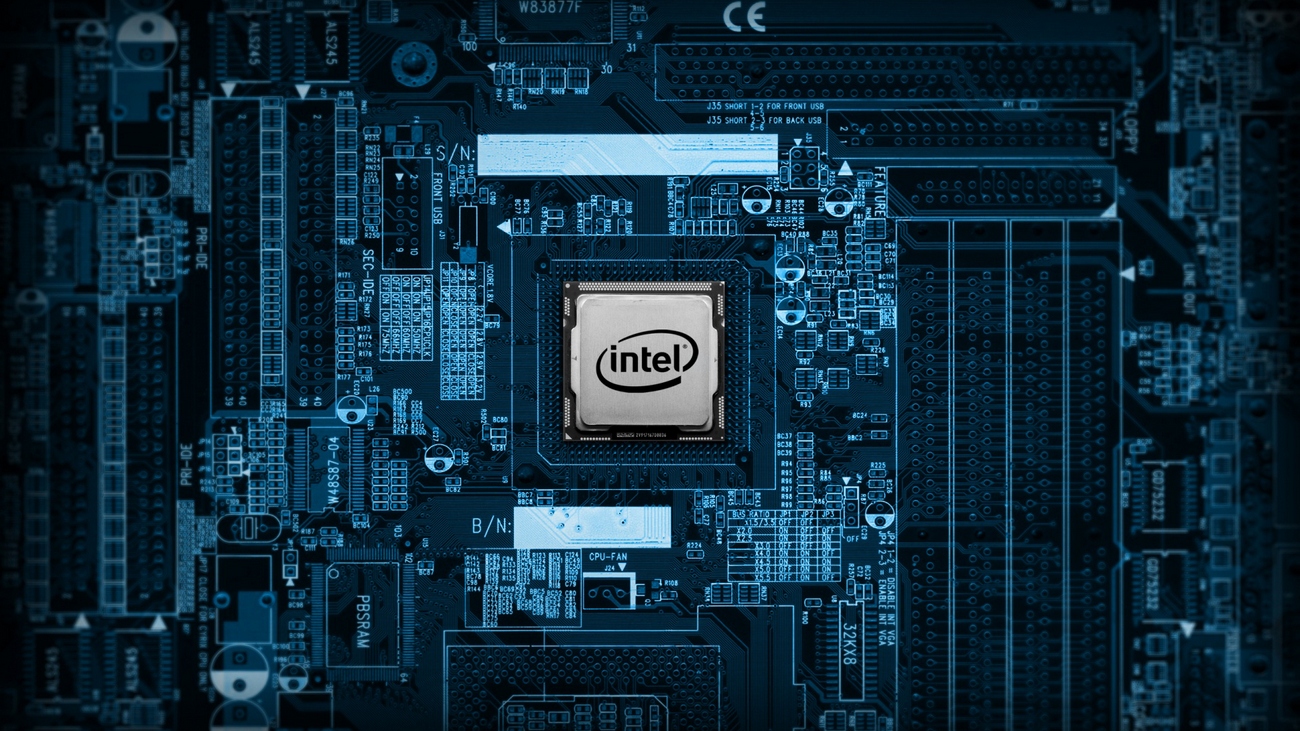
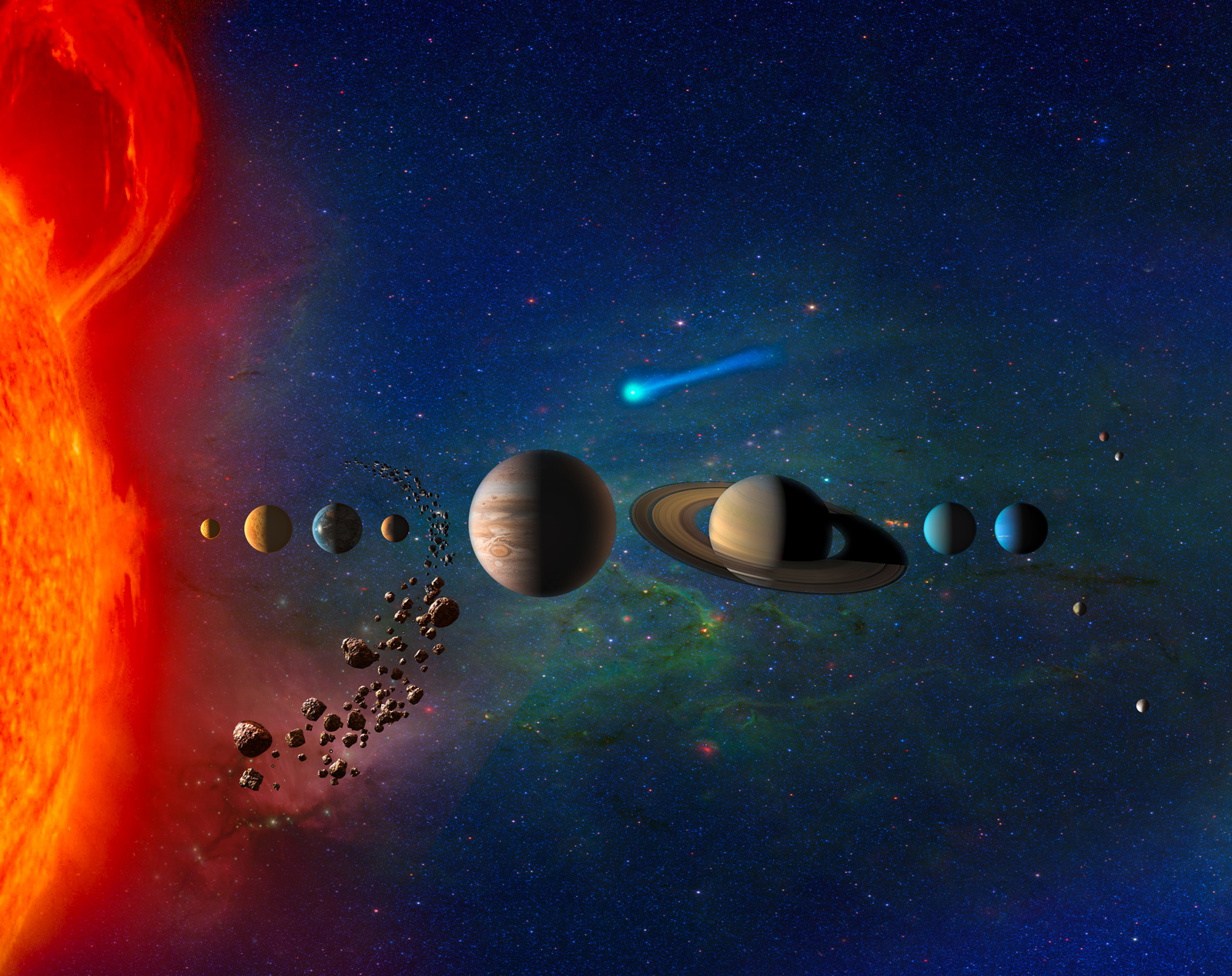
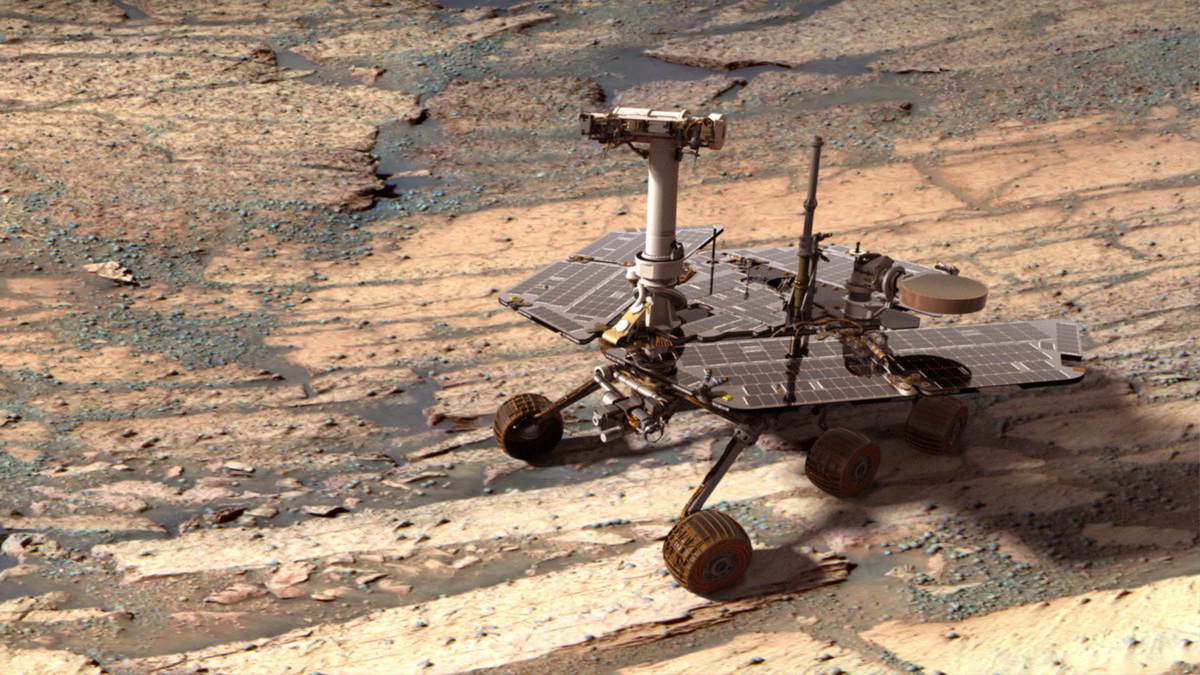
Comments (0)
This article has no comment, be the first!